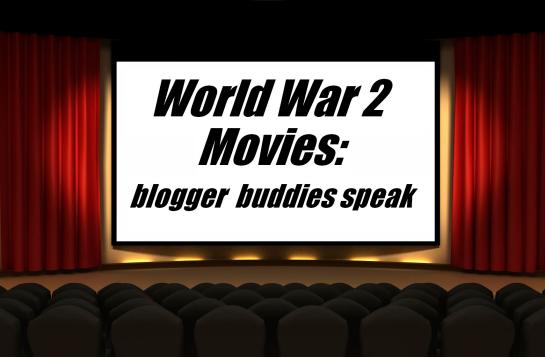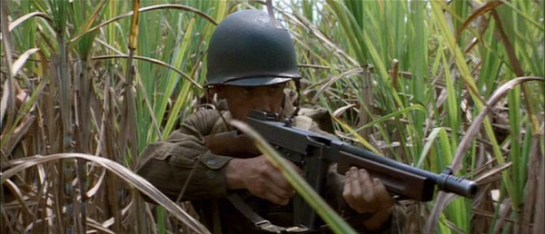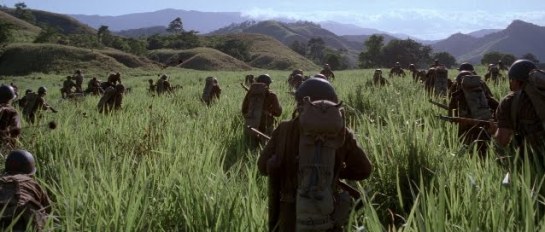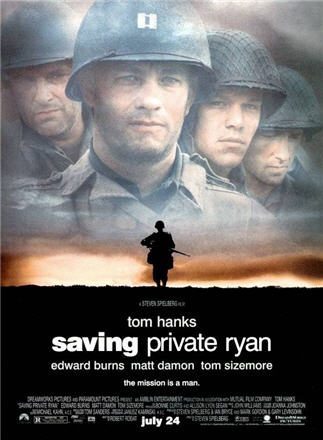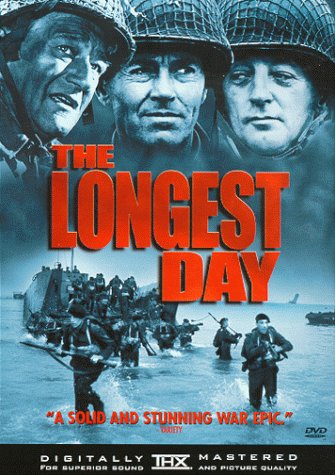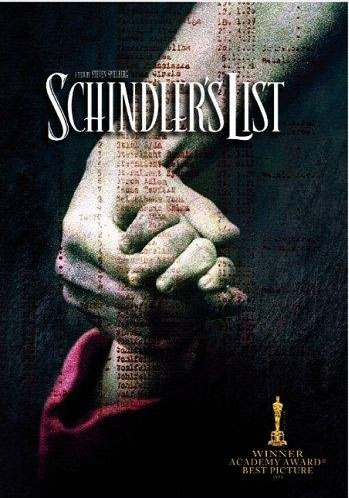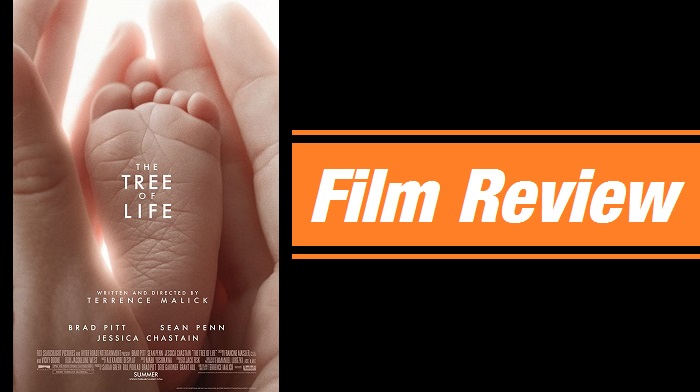
Terrence Malick is a filmmaker that marches to the beat of his own drum. To be honest, that’s one of the things I like the most about him. We say this often but here it unquestionably applies – you know a Terrence Malick movie when you see one. Malick has a distinct style of lyrical and visual storytelling and you either respond to it or you don’t. Personally I love it. Now sometimes his style is more impressive than his finished products, but for the most part Malick is one of my favorite filmmakers. In fact, his last film “The Tree of Life” was my clear favorite film of 2011.
Malick is a director who takes his time and only makes a film when he’s ready. This is evident by the fact that he has only six movies on his directing resume. His latest, surprisingly only two years after “The Tree of Life”, is another exercise in lyrical and contemplative style. It’s one of my most anticipated films of 2013. It’s called “To the Wonder” and for me it’s another soul-stirring gem that throws the textbook on conventional moviemaking out the window. Instead Malick is making another deeply personal film, possibly his most personal movie to date. It’s also his most romantic, most spiritual, and most tragic film all at the same time.
The movie follows a young couple as they navigate the unquenchable joys and the devastating heartbreaks associated with love. We first meet Neil (Ben Affleck) and Marina (Olga Kurylenko) in Paris, France. The two are madly in love and Malick expresses it through a rhythmic series of romantic and absorbing scenes in such beautiful Parisian settings such as the Luxembourg Gardens and the banks of the Seine River. There’s also a majestic sequence with the two outside of town at the gorgeous Mont Saint-Michel. Neil and Marina can’t seem to be able to control their affection for the other. There’s a strong focus on touch in these scenes whether it’s holding hands or running a hand across the shoulder blades. The romance between Neil and Marina is sublime and beautiful and I never doubted its authenticity.

Marina, a Paris native and single mother, decides to move with her daughter to the States in order to be close to Neil. They land in midwestern Oklahoma where Neil works as an environmental safety inspector. The contrast between the energetic and vibrant Paris and their sparse and sometimes empty Oklahoma community almost serves as a metaphor for their relationship. The two who were as passionate as the French city they consumed now battle creeping bouts of emptiness and an emotional wedge that we watch grow and grow. It becomes painfully obvious that their relationship is hurting but neither seems to know what to do.
Then there’s the story of Quintana (Javier Bardem), the local priest in Neil and Marina’s area. Quintana is a troubled man. He has a deep love for the Lord but he feels disconnected. He’s dying to have the intimacy with God that he once had. He visits the sick, the poor, and the needy. He shepherds his flock. Yet there’s still a void in his soul that he desperately wants to fill. But he’s also a lonely man bound by the shackles of the priesthood an its strict rules. Watching Bardem’s solemn face and lonely, tired eyes really drew me to this character. It did surprise me how little he had to do with what seemed like the main focus of the film but Malick shows some moving similarities between his struggles and those of Neil and Marina.
Their stories do begin to connect and we watch as everything plays out. But don’t expect a tight narrative with a fully disclosed ending. Malick is more interested in having us observe and experience than being baby fed an entire story. He wants us to feel, to sympathize, to grow angry, and to meditate. Our time is spent observing and Malick lays his canvas before us. On it he explores inner conflicts, poor and costly decisions, and revived hope. It’s presented through an artistic machine that utilizes everything including the stunning score, the beauty of nature, a graceful camera, and the natural ambiance of the world surrounding his characters.
Affleck and Kurylenko are transcendent. The film features little to no dialogue with the exception of voice-over narrations therefore the two lead actors basically perform off of each other or in scenes alone. Neither ever seem aware of the camera and both get lost in their performances. Affleck was a great surprise. He’s quiet, sincere, and a stout and strong contrast to Kurylenko’s subtle elegance and grace. And speaking of Kurylenko, I think she gives an awards worthy performance. But while the performances are key, a Terrence Malick film is usually made in the editing room. Don’t believe me? Just ask Rachel Weisz and Jessica Chastain. Both shot scenes for the film but all of them ended up on the cutting room floor. Regardless the editing is sensational and the film moves like a page of good music with the exceptions of a few patches of repetition in the second half of the film.

As with his other movies, Malick uses his visuals to draw us in and also tell the bulk of his story. His sensational command of his camera and his artist’s eye for capturing beautiful shots are essential to his success. His camera is constantly moving and it always seems perfectly positioned. I was absorbed in what I was seeing and his fluid and poetic transitions from shot to shot kept me that way. Even for those who don’t respond to the film as a whole, they’ll be hard pressed to not be fascinated with Malick’s visual artistry.
There will be plenty of people who can’t latch onto “To the Wonder”. It will be perceived as slow, confounding, and lifeless. I couldn’t disagree more. I loved the film and while it’s certainly not as challenging as “The Tree of Life”, it’s still a captivating piece of cinema. It doesn’t answer every question. It doesn’t adhere to a conventional storytelling formula. It asks the audience to think and to feel. If you’re not open to that you’re probably not going to respond well to this film.
In his final review before his unfortunate passing, the late Roger Ebert said this about “To the Wonder” : “(Many will) be dissatisfied by a film that would rather evoke than supply.” I think he’s right and some early reviews have shown that to be true. But I believe Malick has given us another standout picture that takes a real (sometimes uncomfortably so) look at relationships, faith, and the quest for love in both. Yet it’s all told through an artist’s lens with entrancing metaphoric imagery and a steady grace that could only come from a Terrence Malick film. I know many are going to struggle with this movie but for me it’s the first great film of 2013.

